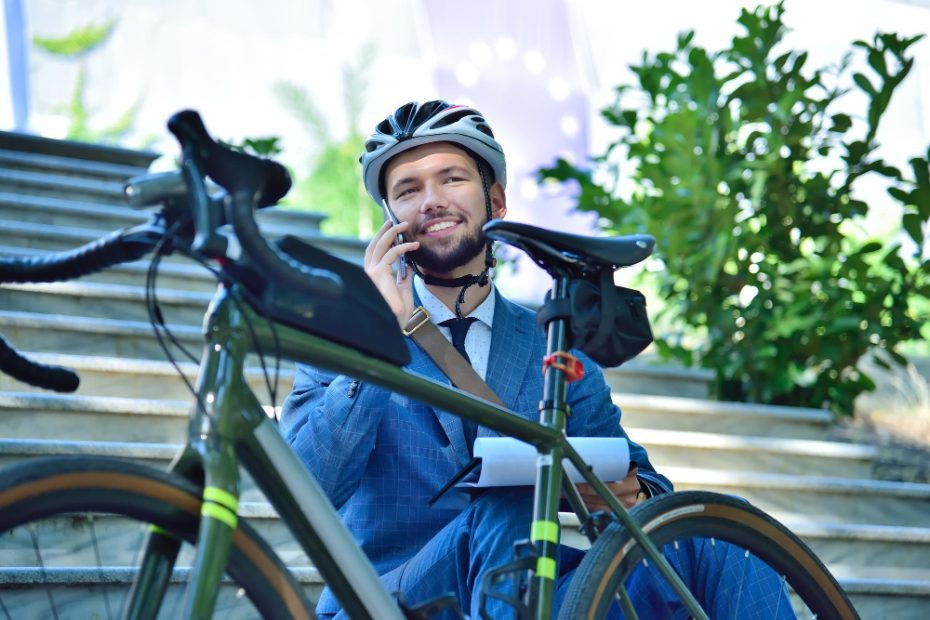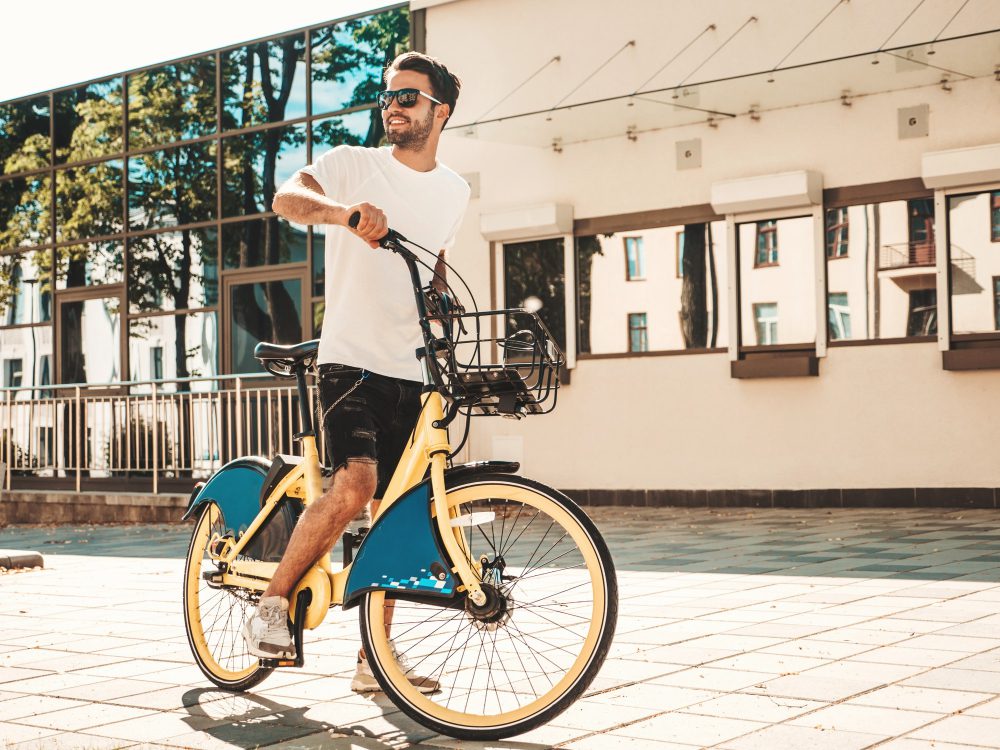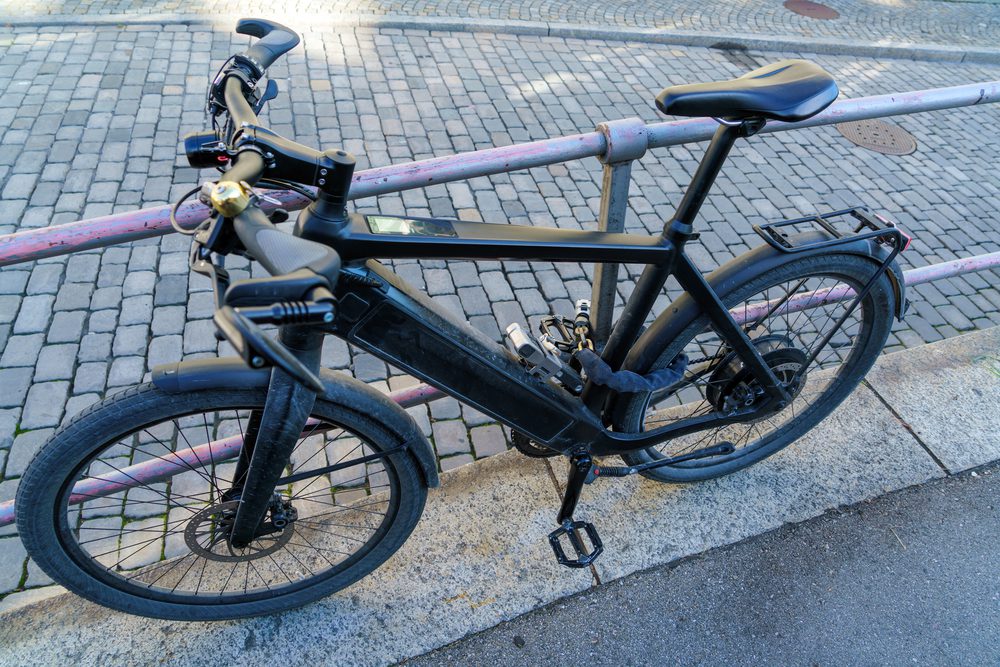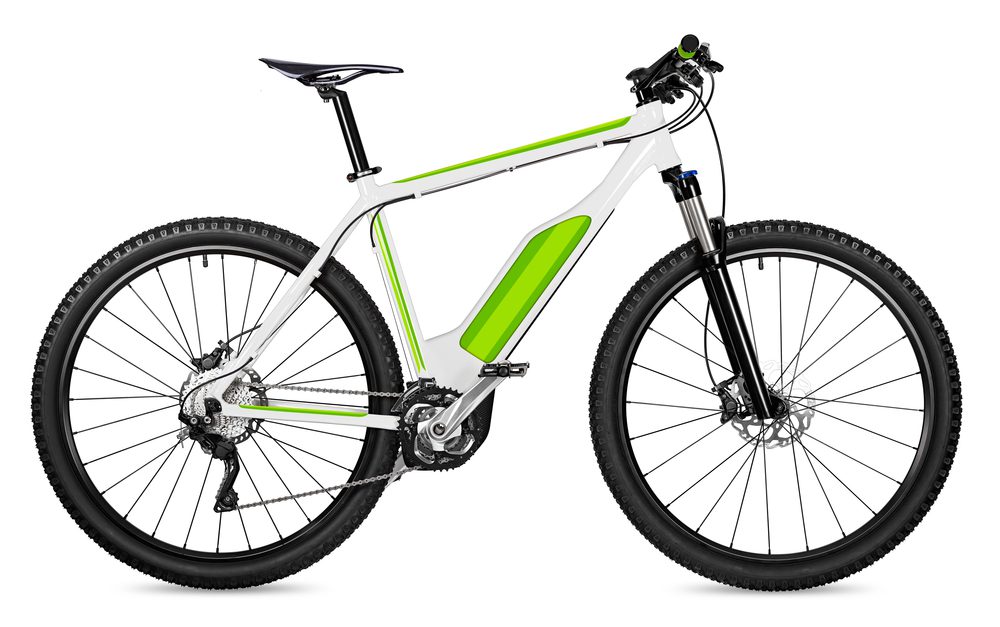How fast will a 1500 watt e-bike go?
An electric bike, commonly known as an e-bike, is a popular alternative to traditional bicycles. E-bikes use an electric motor to assist with pedaling, providing riders with the ability to travel faster and cover longer distances with less effort. One important factor that affects the performance of an e-bike is the power of its motor, measured in watts. In this article, we will explore how fast a 1500 watt e-bike can go.
The role of wattage in e-bike speed
The wattage of an e-bike’s motor has a direct impact on its speed capabilities. Generally, higher wattage motors offer greater speed potential. A 1500 watt e-bike, with its powerful motor, is capable of achieving impressive speeds.
E-bike speed limits in the UK
It is important to note that there are legal speed limits for e-bikes in the UK. According to current regulations, e-bikes that meet certain criteria are classified as Electrically Assisted Pedal Cycles (EAPCs) and are allowed a maximum speed of 15.5 miles per hour (25 kilometers per hour). These e-bikes must also have a pedal-assist system, which means the motor only provides power when the rider is pedaling.
Factors affecting actual speed
- Motor power: As mentioned earlier, a 1500 watt e-bike has significant power and can help riders achieve higher speeds compared to lower wattage models.
- Terrain: The type of terrain can greatly influence an e-bike’s speed. Flat roads allow for faster speeds, while uphill or off-road riding may slow the bike down.
- Wind resistance: Just like with traditional bicycles, wind resistance can impact an e-bike’s speed. Riding against strong headwinds will make it harder to maintain high speeds.
Real-world performance
While a 1500 watt e-bike has the potential for higher speeds, the actual performance may vary. Various factors such as rider weight, battery charge level, and road conditions can affect the achieved speed.
It is essential to always ride responsibly and adhere to speed limits set by local regulations.
E-bike manufacturers usually provide estimated top speeds for their models, based on ideal conditions. These estimates can range between 25-50 miles per hour (40-80 kilometers per hour) for a 1500 watt e-bike. However, reaching these speeds may be challenging in real-world scenarios.
Safety considerations
When riding any e-bike, it is important to prioritize safety. E-bikes are faster than traditional bicycles, and riders should take necessary precautions to ensure safe and responsible riding:
- Wear a helmet: Helmets are essential for protecting your head in case of accidents or falls.
- Follow traffic rules: Observe traffic signals, stay in designated lanes, and use hand signals when turning.
- Be visible: Wear bright clothing and use lights when riding in low-light conditions.
- Maintain your e-bike: Regularly check brakes, tires, and other components to ensure they are in good working order.
In conclusion, a 1500 watt e-bike has the potential for high speeds, but it is essential to ride within legal limits and consider various factors that can affect the actual speed achieved. Safety should always be a priority when riding any e-bike.
What is the difference between a 500W and a 1000W electric bike?
When it comes to electric bikes, the power of the motor is a crucial factor that determines its performance and capabilities. Two common power ratings you’ll often come across are 500W and 1000W. Let’s explore the differences between these two options:
1. Power Output:
The most significant difference between a 500W and a 1000W electric bike is the power output. A 500W electric bike generally has a motor rated at 500 watts, providing moderate power for smooth acceleration and a decent top speed. On the other hand, a 1000W electric bike packs twice the power, delivering stronger acceleration and higher top speeds.
2. Speed:
An electric bike with a 1000W motor will typically be faster than a 500W bike. While the exact speeds vary depending on various factors such as weight, terrain, and rider’s pedaling input, a 1000W electric bike can reach speeds of up to 28 mph (45 km/h), while a 500W bike may reach speeds of around 20 mph (32 km/h).
3. Hill Climbing:
With more power, a 1000W electric bike excels in climbing steep hills. The increased torque allows the motor to tackle inclines more effectively. In contrast, a 500W electric bike might struggle on steeper terrains.
4. Range:
Generally, a 1000W electric bike consumes more energy per mile compared to a 500W bike. This means that a 1000W bike may have a slightly shorter range per battery charge. However, the exact range varies depending on factors like terrain, rider weight, and speed.
5. Legal Considerations:
In the UK, electric bikes are legally categorized as either ‘electrically assisted pedal cycles’ (EAPCs) or ‘electric motorcycles.’ EAPCs have a maximum power output of 250W and should not offer any assistance beyond 15.5 mph (25 km/h). Electric bikes with higher power, such as 1000W, are classified as electric motorcycles and require registration, insurance, and a valid license to operate on public roads.
Quote: “Choosing between a 500W and a 1000W electric bike depends on your riding preferences, the terrain you’ll be tackling, and legal considerations.”
To summarize, a 1000W electric bike offers more power, higher speeds, better hill climbing capabilities, but may have a slightly shorter range per charge compared to a 500W bike. However, it’s important to consider the legal implications and requirements for operating higher-powered electric bikes in your region.
How fast does a 700w electric bike go?
Overview
An electric bike, also known as an e-bike, is a powered bicycle that uses an electric motor to assist with propulsion. The speed at which a 700-watt e-bike can travel largely depends on various factors such as the rider’s weight, terrain, weather conditions, and the e-bike’s design. However, on average, a 700-watt e-bike can reach speeds of up to 20-28 mph (32-45 km/h).
Motor Power
The power output of an e-bike’s motor significantly affects its top speed. A 700-watt motor provides adequate power for most riders, allowing them to achieve higher speeds compared to lower wattage models.
Terrain and Riding Conditions
The type of terrain you ride on and the environmental conditions play a crucial role in determining how fast your e-bike can go. Riding on flat, smooth surfaces with no headwind will allow you to reach higher speeds more easily.
Rider Weight
A rider’s weight can impact an e-bike’s performance and top speed. Heavier riders might experience slightly lower speeds due to increased load on the motor. However, the effect is usually minimal and should not significantly impact the overall speed of a 700-watt e-bike.
Battery Capacity
The capacity of the e-bike’s battery can affect its maximum speed and range capabilities. A higher-capacity battery will typically provide more power to the motor, enabling faster speeds for longer periods before requiring a recharge.
Safety Considerations
When riding an e-bike, it is important to consider safety precautions. Always wear a helmet, follow traffic rules, and ride responsibly. Be aware of your surroundings and adjust your speed accordingly.
Additional Factors
Other factors that may affect the speed of a 700-watt e-bike include tire pressure, aerodynamics, and any additional weight from accessories or cargo.
“The average speed of a 700-watt electric bike can range from 20 to 28 mph, depending on various factors. It’s important to consider these factors and ensure you ride safely while enjoying the benefits of an e-bike.”
Here is a table summarizing the key factors affecting the speed of a 700-watt e-bike:
| Factor | Impact |
|---|---|
| Rider Weight | Minimal impact |
| Terrain | Significant impact |
| Battery Capacity | Power and range capabilities |
| Motor Power | Higher wattage enables faster speeds |
In conclusion, a 700-watt e-bike has the potential to reach speeds of up to 20-28 mph. However, keep in mind that actual speed may vary depending on various factors.
Whether you are looking for a faster commute or simply enjoy the thrill of riding, a 700-watt e-bike can provide an exhilarating experience while maintaining eco-friendliness and reducing carbon emissions.
How fast is a 2000W electric bike?
When it comes to electric bikes, the power rating of the motor plays a significant role in determining how fast they can go. A 2000W electric bike motor provides ample power to reach impressive speeds.
Understanding Power Ratings
The power rating of an electric bike motor is measured in watts. The higher the wattage, the more power the motor can generate, thus increasing its top speed. A 2000W motor is considered high-powered and will allow the bike to achieve greater speeds compared to lower wattage options.
Speed Potential of a 2000W Electric Bike
A 2000W electric bike has the potential to reach speeds of up to **45 mph** or even higher, depending on various factors such as the weight of the rider, terrain, and overall bike design. It’s important to note that reaching such high speeds may not be legal on public roads and might require appropriate safety precautions.
The Benefits of High Speed
Having a high-speed electric bike offers several benefits. Firstly, it provides an exhilarating riding experience, allowing you to cover long distances in a shorter amount of time. Additionally, the increased speed can be advantageous for commuting, especially in urban areas where traffic congestion is common.
Safety Considerations
While the idea of riding at high speeds might sound thrilling, it’s crucial to prioritize safety. Make sure to wear appropriate safety gear such as a helmet, gloves, and knee pads. Additionally, familiarize yourself with your local laws regarding maximum speed limits for electric bikes, as they may vary from place to place.
“Riding an electric bike at high speeds requires responsibility and caution to ensure the safety of yourself and others.”
Factors Affecting Speed
The actual top speed of a 2000W electric bike can vary depending on several factors. These include:
- Terrain: Flat surfaces allow for higher speeds, while uphill climbs may reduce the overall speed.
- Rider Weight: Heavier riders may experience slightly lower top speeds due to increased load on the motor.
- Bike Design: Aerodynamic designs and lightweight frames can contribute to higher speeds.
Conclusion
A 2000W electric bike has the potential to reach impressive speeds, providing an exciting and efficient mode of transportation. However, it’s important to prioritize safety and adhere to local speed limits when riding. Always remember to ride responsibly and enjoy the exhilarating experience!



